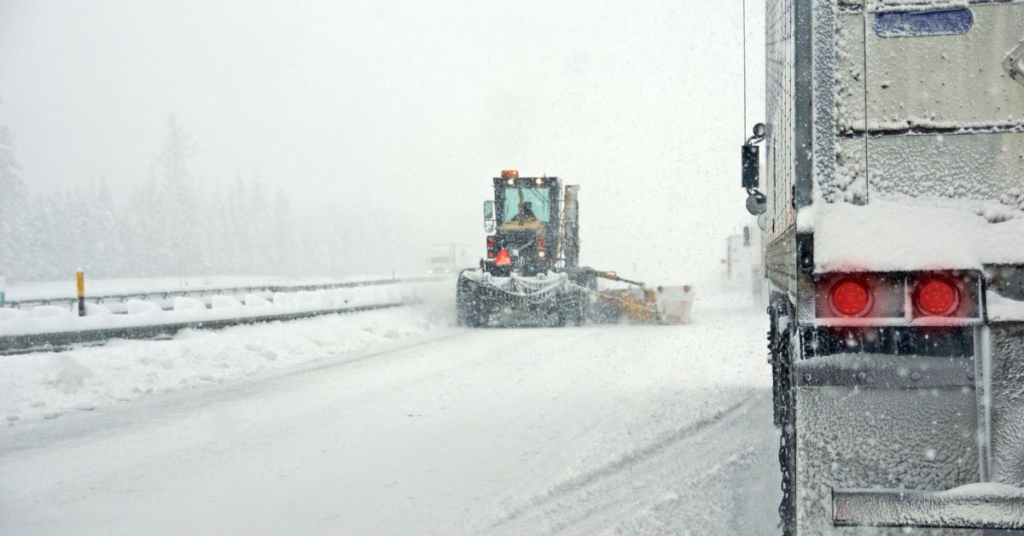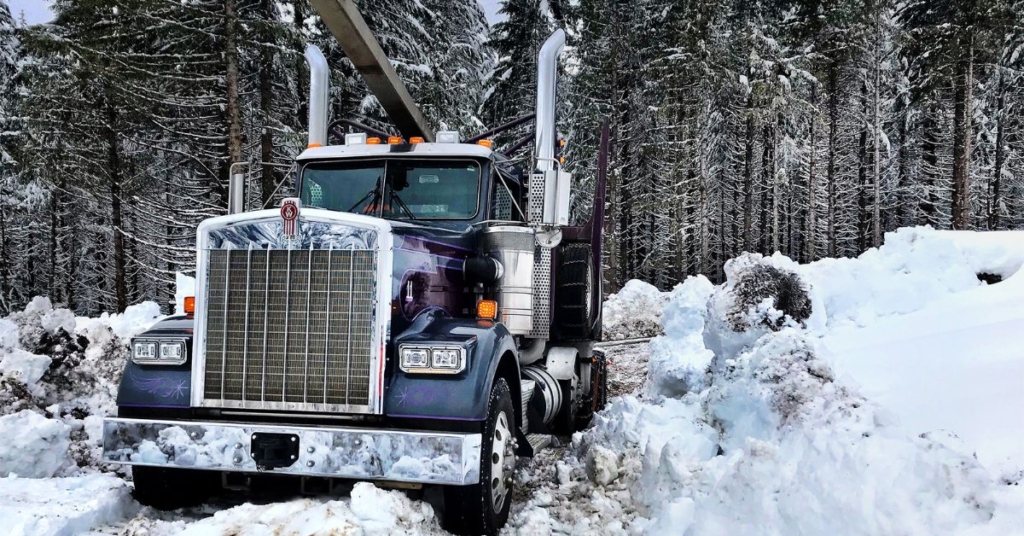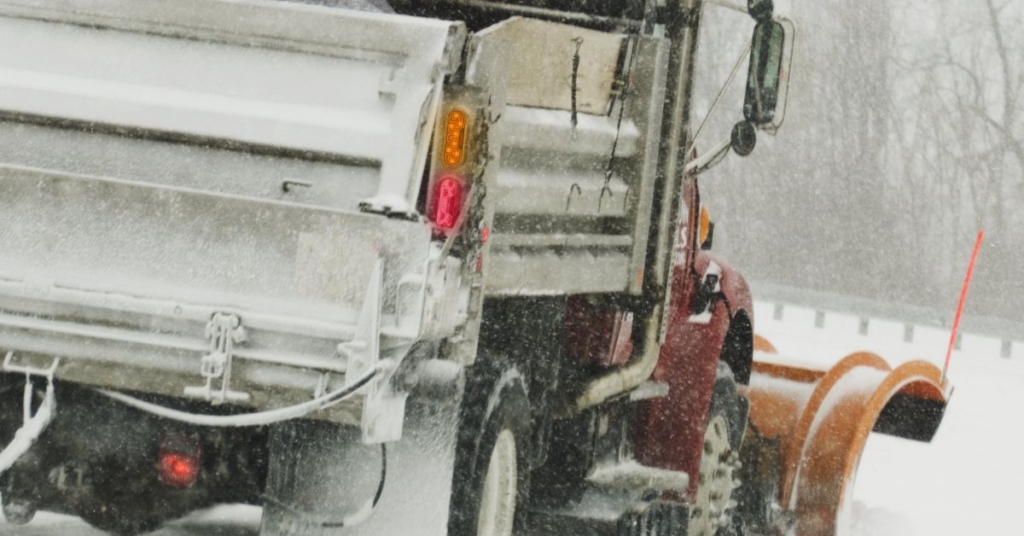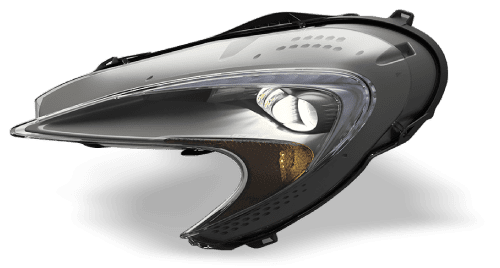
How To Prepare Vehicle Lighting for Harsh Winter Weather

Winter brings a unique set of challenges for every driver.
The shorter days mean more time on the road in the dark, and conditions like snow, sleet, and fog can drastically reduce how far you can see. Your vehicle’s lights are your first line of defense against these hazards.
That’s why it’s a good idea to learn how to prepare vehicle lighting for harsh winter weather.
Follow our guide to find simple yet effective steps to get your lights ready for the season. From basic checks to proactive maintenance, these tips will help you drive with more confidence.
Inspect All Exterior Lights
Proper light care improves your ability to see the road and makes it easier for other drivers to see you. Before the first snowflake falls, take a few minutes to walk around your vehicle and check every light.
It’s a simple task that can make a huge difference.
You’ll need to check your headlights, taillights, brake lights, and turn signals. Don’t forget the smaller but equally useful lights like your fog lights and license plate light.
Have a friend help you. Ask them to stand outside the car while you activate each function.
They can confirm if your brake lights work when you press the pedal and if your turn signals flash correctly. Look for any bulbs that are dim, flickering, or completely out.
Also, check the lenses for cracks or moisture buildup inside, as this can affect light output.
How to Test Your Lights Effectively
Regularly testing your vehicle’s lighting is a must for any driver, especially before heading out in winter conditions.
Start by turning on each light, including high beams, fog lights, turn signals, brake lights, and reverse lights, and checking them for proper functionality. It’s advisable to do this in a dimly lit area to spot inconsistencies, such as dim light output or flickering.
Additionally, checking the alignment of your headlights ensures they aren’t aimed too high or too low, as improper positioning can blind other drivers or reduce your own visibility. For a more technical inspection, consider having a professional service technician evaluate your lighting system.

Thoroughly Wipe Down Your Lights
Road salt, slush, and grime build up quickly on your vehicle in the winter, and your lights are no exception.
A dirty headlight lens can reduce light output by a significant amount, so it’s not an issue you should ignore. Especially because this creates a serious safety risk for you and others on the road.
Regular cleaning is a must.
You can use a simple mixture of car wash soap and warm water with a soft microfiber cloth. Avoid abrasive materials or harsh chemicals that could scratch the plastic lenses.
For stubborn grime, specialized headlight cleaning products are available and can restore clarity without damage. A quick wipe before you drive can be a great habit to start.
Replace Old or Damaged Bulbs
If you notice a bulb that’s out or dimmer than it should be, it’s time for a replacement.
Don’t wait for it to fail completely. Replacing bulbs in pairs is typically a good practice, especially for headlights. If one has burned out, the other is likely not far behind.
This is also a great opportunity to consider an upgrade.
LED bulbs offer substantial benefits over traditional halogen bulbs. They are much brighter, last significantly longer, and use less energy.
The crisp, white light they produce can also improve visibility in difficult conditions, giving you a clearer view of the road ahead. Check your owner’s manual for the correct bulb type and size for your vehicle.
Choosing the Right Light Bulbs
The type of light bulbs used in your vehicle can make a significant difference when driving in winter conditions. LED and HID bulbs are typically preferred for their superior brightness, longevity, and energy efficiency.
While a HID bulb is more efficient than halogen bulbs, it won’t match what you can get from an LED.
When upgrading, ensure the bulbs are compatible with your vehicle and meet legal requirements in your region. Always choose bulbs with appropriate weather ratings to guarantee performance in extreme conditions like heavy snow or subzero temperatures.
Start browsing the commercial vehicle warning lights and other high-quality lighting solutions so you can always find a replacement when necessary.
Protect Lenses with a Restoration Kit
Over time, plastic headlight lenses can get a yellow and cloudy appearance due to UV exposure and road debris. This oxidation significantly diminishes their effectiveness.
A headlight restoration kit can reverse this damage and add a layer of protection.
These kits usually come with a series of sanding discs, a polishing compound, and a UV-protective sealant. Always double-check the kit before buying to ensure it has all the materials you need for your specific problem.
The process involves sanding away the oxidized layer, polishing the lens back to clarity, and then applying the sealant. This not only restores your headlights’ performance but also protects them from future damage, keeping them clear for longer.
Even for drivers that aren’t DIY-savvy, this process is fairly straightforward and will return your bulbs to their bright, reliable output.

Check and Maintain Your Wiring
Your vehicle’s lighting system relies on a network of wires, and these can be vulnerable during the winter.
Cold temperatures can make wiring brittle, while moisture and road salt can lead to corrosion. A visual inspection can help you spot potential problems before they leave you in the dark.
Look for any frayed, cracked, or loose wires connected to your lights.
Pay close attention to connectors to make sure they are secure and free of corrosion. If you find any issues, it’s best to address them immediately.
A small repair now can prevent a more significant electrical problem down the road.
Drive Safer This Winter
Winter driving demands extra caution, and well-maintained lights are a cornerstone of a safe journey.
Take these proactive steps and tackle the season’s toughest conditions with confidence. Now that you understand how to prepare your vehicle lighting for harsh winter weather, you’re better equipped to handle whatever the forecast throws at you.
A little preparation goes a long way toward a safer drive for everyone.


